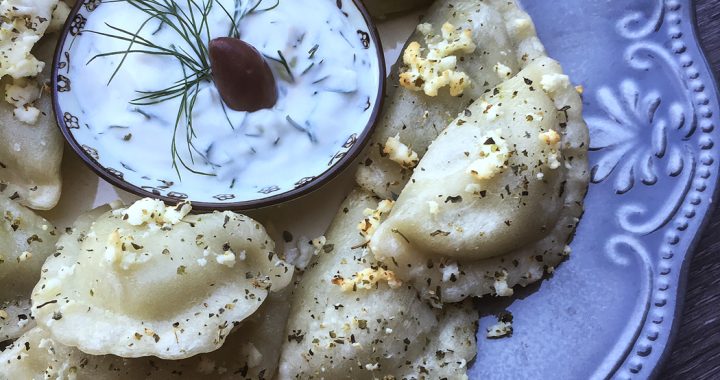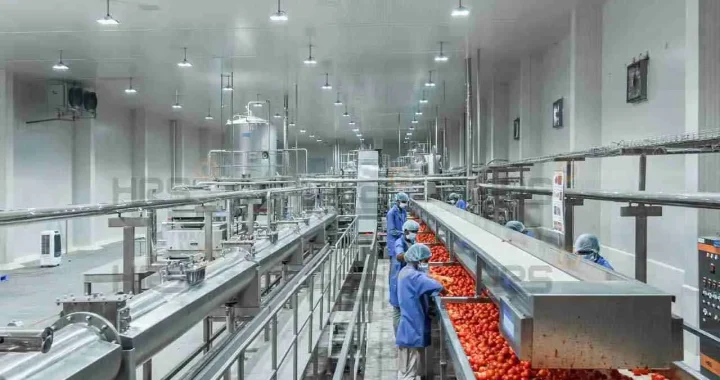
Explore Authentic Thai Cuisine Around the World with These 9 Fascinating Facts
Thai cuisine is renowned for its bold and vibrant flavours and aromatic herbs and spices. Thai food is distinctive and unique in many ways, blending a variety of influences from regional and international cuisine. This cuisine may not be as ubiquitous as, say, Chinese or Indian cuisine, but in cities around the world, there are always pockets of Thai food culture that have arisen from the community of Thai expats and visitors.
This blog post will take a closer look at 9 fascinating facts about this cuisine and explore how this cuisine has found its way onto tables around the world.
Thai cuisine is influenced by other Asian cultures:
Though Thai cuisine is often thought of as distinct and independent, a closer look shows its deep connections to other cuisines in the region. For instance, curry, which is often associated with this cuisine, is a blend of Indian and Southeast Asian flavors.
Thai cuisine uses a variety of herbs and spices:
This cuisine uses an extensive variety of herbs and spices which make their dishes unique. These include coriander, garlic, ginger, lemongrass, galangal, and kaffir lime leaves. From Tom Yum Soup which is a spicy broth made up of lemongrass, chiles, galangal, shrimp paste, fish sauce, lime juice and coconut milk, to Pad Thai, Thailand’s famous noodle dish, made up of a combination of sweet, sour, and salty flavors.
Certain Thai dishes are viewed as street food:
Thai food culture has always been heavily influenced by street food. Some of the dishes that are considered street food are the popular Thai Green Papaya Salad, Satay Skewers, Pad Thai, and spring rolls.
Thai cuisine offers a wealth of vegetarian options:
Many Thai dishes are naturally vegetarian or can easily be made vegetarian. From curry, stir-fry, and rice dishes with vegetables, tofu, and noodles, to flavoursome soups like Tom Yum Mushroom and spicy salads like Som Tam—there are plenty of options for those looking to avoid meat.
Thai cuisine has a complex cooking method:
Thai cuisine can appear complex and intricate to the outsider. Some dishes require several stages of cooking, such as curries which are cooked in a series of stages, often involving the preparation of several ingredients.
Thai cuisine is all about balance:
This cuisine is all about balance, with the five fundamental flavours of spicy, sweet, sour, salty, and bitter all playing a vital role in creating perfect harmony in Thai dishes. All Thai dishes aim to balance these flavours, with no one particular flavour overpowering the other.
Sticky rice is a staple in Thai cuisine:
In Thailand, sticky rice is a staple and is consumed more often than regular rice. This type of rice is traditionally served with northeastern-style dishes, such as spicy papaya salad or grilled chicken. Instead of being boiled, the rice is steamed, and it has a chewy but tender texture
Thai desserts consist of sweet and savoury flavours:
Thai cuisine is so much more than just savoury dishes. Thai desserts incorporate a range of sweet and savoury flavours, such as Mango Sticky Rice, Fried Banana Fritters, and Sticky Rice Dumplings. In many Thai dishes, garnishes like coconut, fruit, and nuts are often used, adding an exotic pop of colour and flavour.
Thailand’s Royal Cuisine is a must-try:
Durian fans will love Khao Chae, which is often referred to as the Thai version of risotto. The dish originated in the Royal Court of Thailand and is known for its mixture of intricate and delicate flavours. Among the many curry-style dishes, Khao Soi, a noodle soup named for its soup, is probably one of the most famous dishes within the Royal Court.
Conclusion:
From the spicy pad thai to the delicate desserts, Thai cuisine offers a wide range of flavours and textures. Whether you enjoy it as a delicious street food snack or for an elaborate Royal Cuisine dinner, there is something for everyone. This cuisine uses a unique blend of herbs, spices and other ingredients to create complex yet balanced dishes that are both satisfying and enjoyable. With its long history and culture of innovation, This cuisine is sure to continue its global journey, captivating palettes everywhere with its unique flavours. So why not head to your nearest Thai restaurant or take up cooking some Thai dishes at home?





